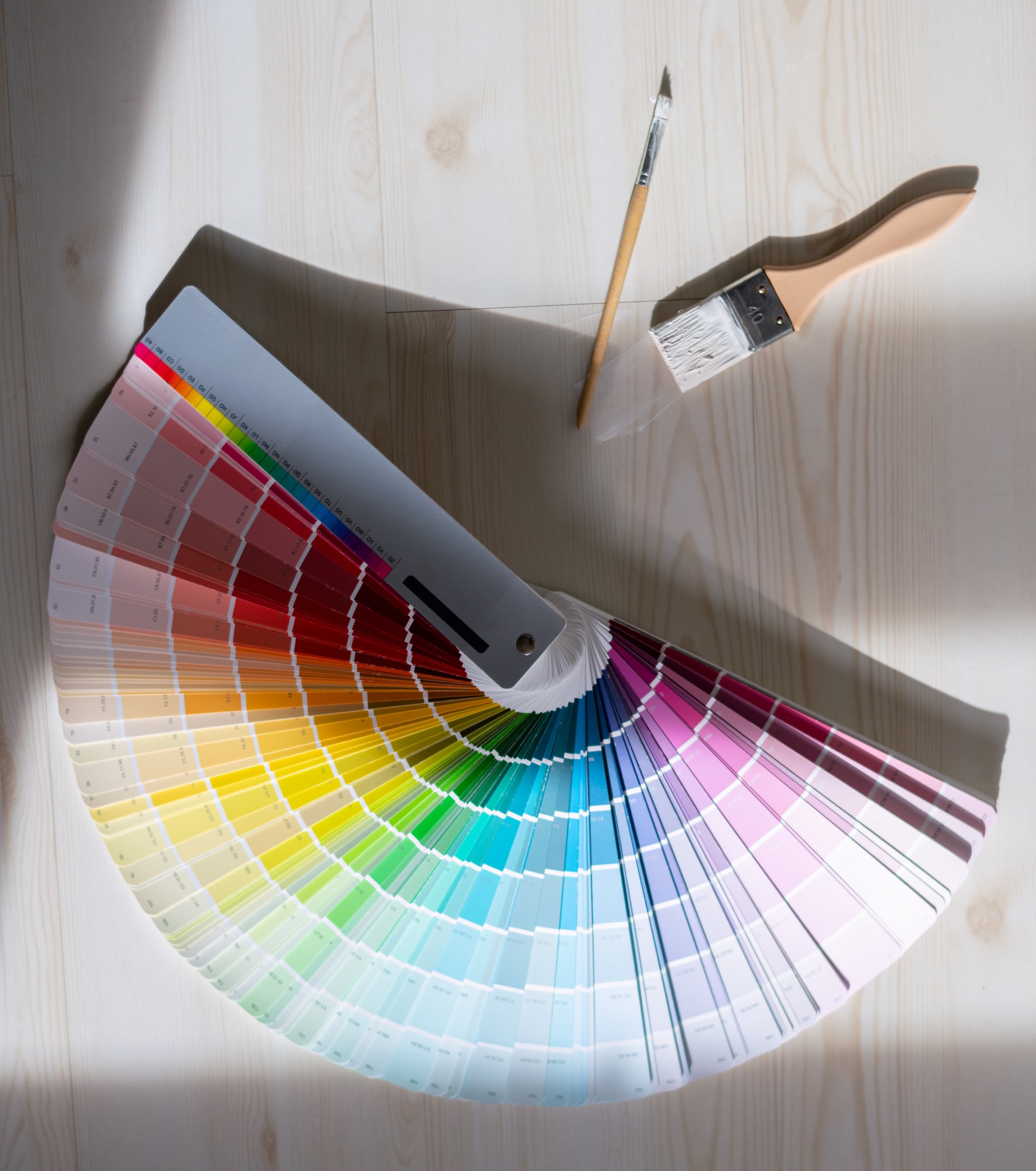
How to Prep Wood for Priming
Giving your home a new look by applying a fresh coat of paint can be a complex task on the basic level but the task can become even more complex depending on the type of surface that you want to paint. For your wooden surfaces to acquire a smooth look and finish once you are done painting, there are several steps that you need to take before beginning to paint them. Looking to understand how you can paint mouldings, wooden furniture and baseboards so that the end product looks perfect and professionally done? You have come to the right forum. Read on to understand how to best apply wood primer to surfaces for painting.
Prep Your Workspace
It is important to first prepare a workspace where you will be painting your wooden surfaces. This is to ensure that no paint droplets accidentally latch on other items in the vicinity and causes damage to your possessions.
When painting items such as baseboards or walls, ensure that you tape the area around which you will be painting so that paint droplets do not fall onto unintended surfaces. Further, for such wood surfaces and even when painting furniture, ensure that you first lay protective tarps on your floors to protect them from dripping paint and splatters. When painting individual items, first lay a sheet or tap on the floor followed by a paper cover or canvas so as to minimize the risk of slipping as you are working.
Scrape the Wooden Surface
There are times when you be applying a new coat of paint over surfaces that were previously painted. In such instances, you should first ensure that you get rid of the old paint using a sanding tool, hook scrapper or putty knife. Getting rid of the old paint will prevent the new coat of paint that you apply from flaking. Even if the wooden surface is covered by several layers of old paint or varnish, ensure that you scrape the before attempting to apply a fresh coat of paint.
Inspect the Wooden Surfaces for Damage and Carry Out the Necessary Repairs
If you are painting an old wood surface, ensure that you check it for damages such as broken boards, holes and missing nails. Ensure that you repair any damages and replace any missing parts. For example, if there are missing screws or nails, fill the space with something similar first so as to maintain the look of the wood.
If the wooden surface you wish to paint has any missing boards, replace them with boards from the same type of wood. If the surface has any holes, you can reseal the space with wood putty which you can apply with a putty knife or metal. Additionally, we also recommend that you consider caulking the wood. Caulking can help make the wooden surface more seamless especially if it is located in the interior of your house.
Sand the Wooden Surface
Sanding wood usually creates tiny scratches and dings on the surface which usually help paint to bond better with the bare wood. Before beginning to paint, ensure that you sand the entire wood surface with a handheld orbital sander (for large surfaces), or, a sandpaper (for small strips of wood). Do not forget to also sand the ridges and corners of the wooden item in the process. Remember not to sand against the wood grain.
Note that sanding usually produces dust which can make it hard for a fresh coat of paint to stick to the wooden surface. As such, you should ensure that when you are done sanding, you wipe the surface with a mixture containing 2 gallons of water, 1 cup Trisodium Phosphate (TSP), and 1 cup bleach. When you are done, let the wooden surface dry properly before applying a paint primer. Cleaning wooden surfaces usually helps in killing any mildew and mould that may be growing on the surface. To avoid damaging the wood, clean it by hand instead of using a power washer.
Apply Paint Primer
Whether you are painting wood surface on the interior or exterior of your home, ensure that you first apply a paint primer. Primer usually helps paint to stick on wooden surfaces better. It also increases the longevity of the wood since it contains preservative resins within. If you paint bare wood be sure to add a consistent amount of primer when priming bare wood. Oil based primer and water based need a similar amount.
Ensure that you allow the primer to dry completely before beginning to paint your wood.

